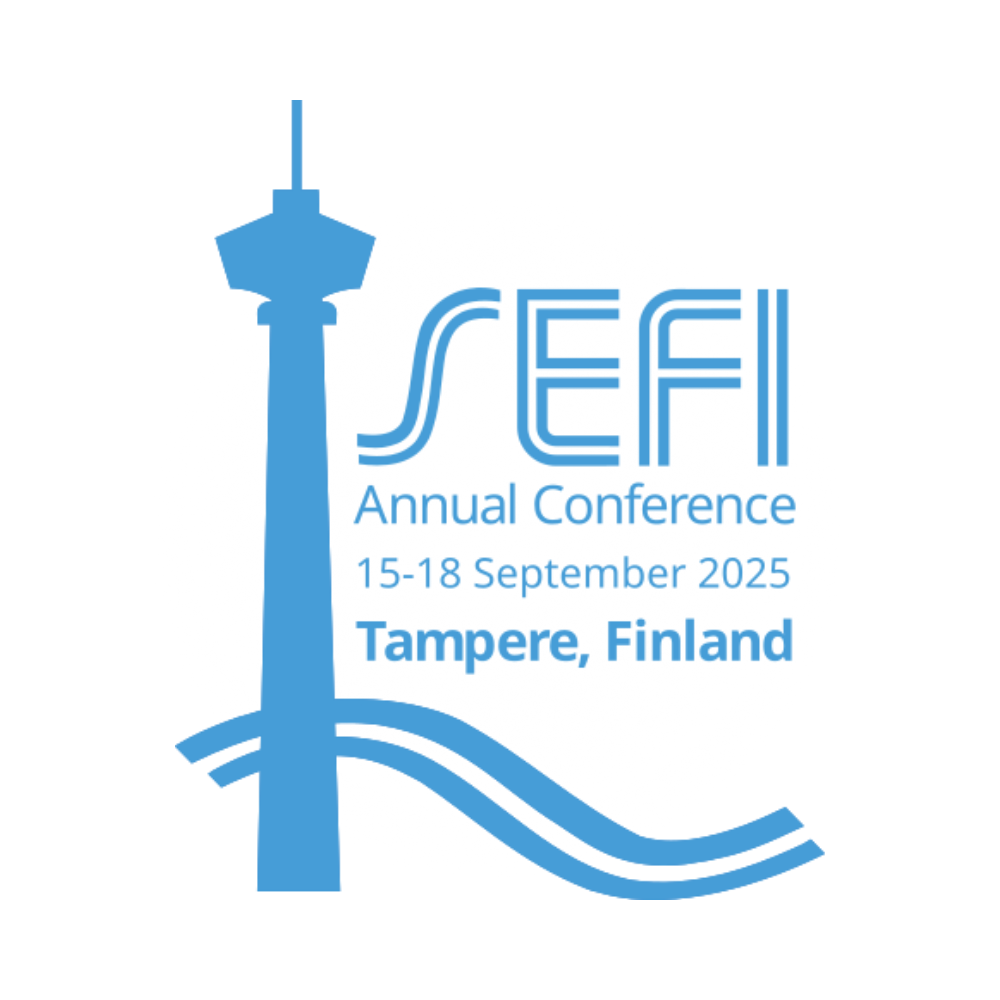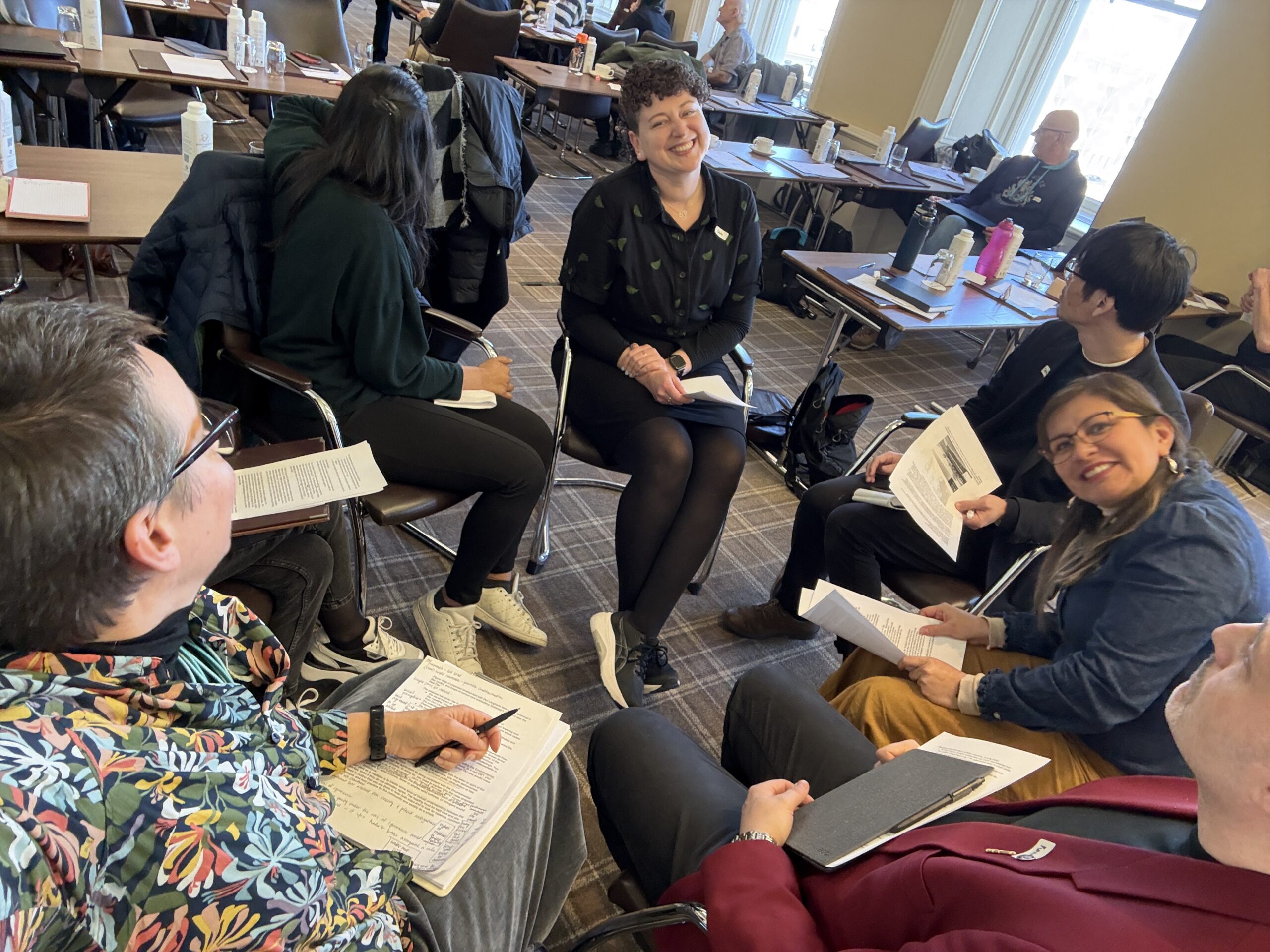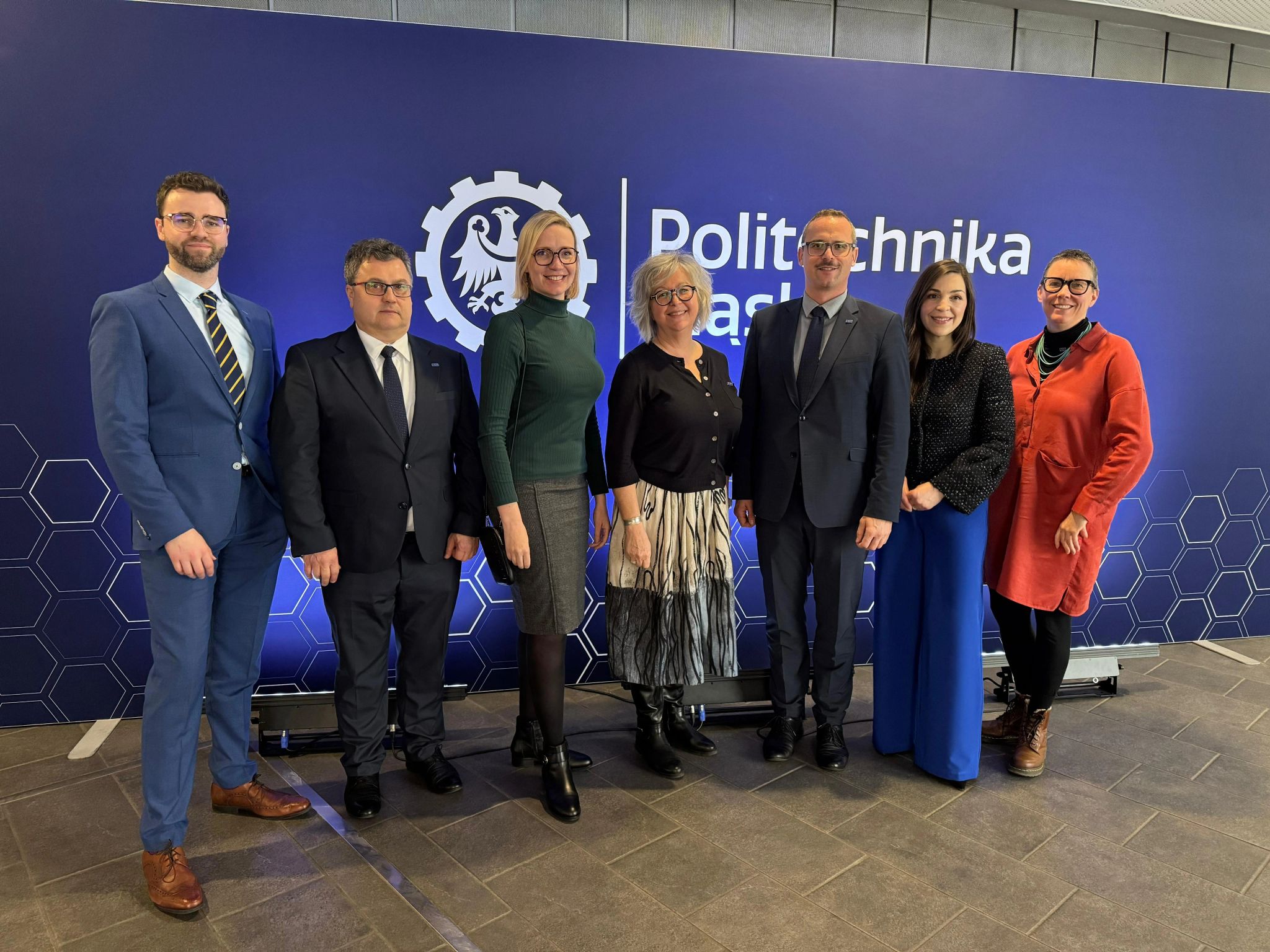We are excited to announce that registrations for the 53rd SEFI Annual Conference are now…
Jordan Nickel, Rob Duimering, Ada Hurst – Department of Management Sciences, University of Waterloo, Ontario, Canada

Sustainability and sustainable design have been a part of design discourse for over three decades, yet many engineering designs today remain unsustainable. Sustainability concepts are still not well-integrated in the engineering curriculum at most engineering schools, despite the best intentions of engineering accreditation bodies and many individual educators, who recognize sustainable design as an important ethical and professional responsibility of engineers.
One difficulty facing engineering educators may be the sheer complexity of the sustainability literature itself, making it difficult to know where to start. We recently reviewed the sustainable design literature to see how sustainability has been operationalized in the context of design engineering. We found many similar and overlapping approaches, which we roughly classified at three levels: frameworks articulating general principles and guidelines for sustainable engineering design; methodologies which translate principles into procedures for sustainable engineering practice in specific domains; and tools to help engineers address sustainability criteria in specific design problems and decisions.
Given the plethora of frameworks, methodologies, and tools available, where should the sustainability-minded engineering educator begin? Simply providing students with access to information about the topic from textbooks or other sources is ineffective for instilling sustainable attributes, skills, and mindsets. Successful pedagogies employ case- and project-based learning that connect theoretical knowledge of sustainable design principles and methods to real world contexts. These can also be supplemented with experiential learning opportunities through field-based coursework, internships, site visits or other similar approaches. We suggest educators leverage these experiences to help students develop a few key skills and attributes that most of the different sustainable design approaches have in common. This way, educators can prepare students to engage with sustainable design in the field, regardless of what specific framework or methodology they encounter in their future careers.
Common to all sustainable design approaches is an emphasis on broadening the designer’s perspective beyond just the design artefact in question, to also consider its interactions with the broader environmental, social, and economic systems in which it will function. Sustainable engineering designs often depend on non-technological innovations, such as policy interventions or organizational changes to succeed.
Defining design problems to include such contextual factors requires engineers to access diverse sources of domain knowledge and information, potentially drawing on disciplines across the social and natural sciences and humanities. Engineers may lack such multi-disciplinary knowledge themselves, so training should develop their interpersonal and communication skills to work with diverse subject matter experts who can complement their technical skills. Engineers need to understand and compensate for their own knowledge limitations and be able to translate information inputs from other disciplines into technical requirements that guide product design and development.
Sustainability goals can increase the complexity of design problems and introduce challenging trade-offs between conflicting requirements and constraints. Engineering training to address design trade-offs often emphasizes procedures to find optimal solutions to well-structured problems. But design problems are ill-structured and open-ended, so trade-offs often depend on how the problems are formulated and framed by engineering designers themselves. Instead of accepting trade-offs as a given, designers can sometimes find creative solutions that bypass or eliminate trade-offs entirely, by reframing the problem and restructuring the design space.
Learning how to frame and structure complex open-ended problems and to design solutions that resolve sustainability trade-offs takes practice. Students should be exposed to poorly structured sustainable design problems that have multiple solutions and encouraged to resolve the trade-offs without compromising sustainability metrics. For example, redesigning an existing product to improve sustainability can help students appreciate how previous design choices addressed the underlying need in the current solution, and encourage them to explore ways of reframing the problem to address those needs more sustainably. As students become more comfortable resolving trade-offs between conflicting design requirements, educators can gradually introduce more complex and challenging problems that combine ecological, economic, and social equity dimensions of sustainability. By encouraging students to conceptualize design problems based on how their decisions interact with larger ecological, economic, and social systems, engineering educators can help them develop the skills needed to improve the sustainability of their solutions.


